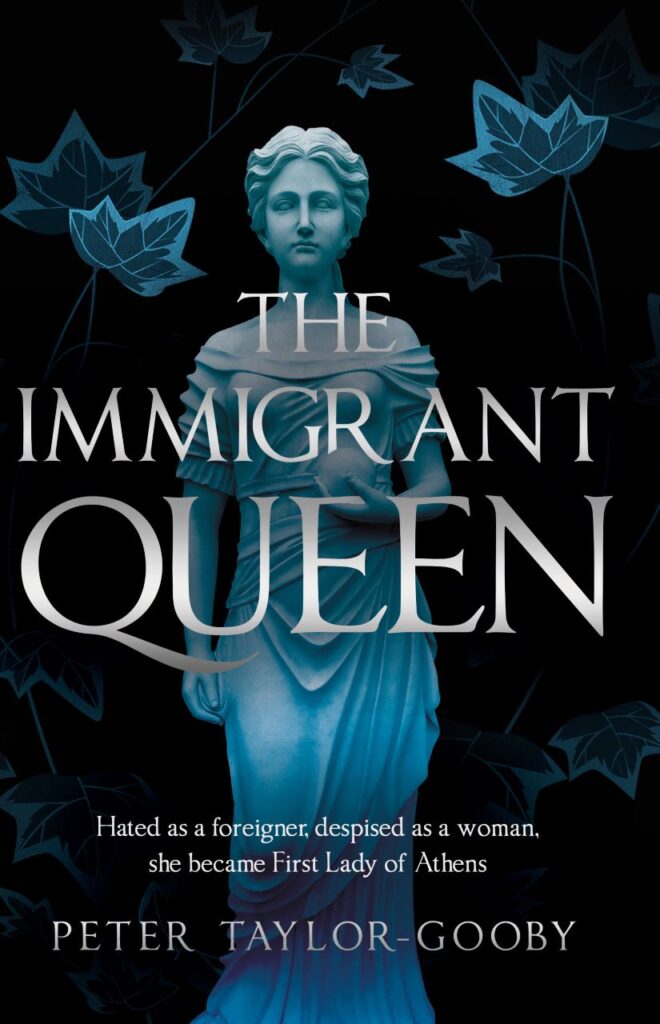The Long Journey Home
Rangoon, Burma, in 1941, and Kate Girton works as a school inspector for the British colonial government. Kate has fled grief in England, and when she meets widowed Edwin Clear, she senses similar feelings in him. Friendship develops as Kate introduces Edwin to Rangoon. They swim, go to parties, and visit a temple, glorious in the shimmering dawn.
Happier in Rangoon than in England, when the war comes to Burma, the two linger until ordered to evacuate. They plan to travel together but, when separated, promise to find each other again in India. In the chaos of flight from the brutal Japanese invasion, Kate and Edwin find themselves thrown into the company of strangers. Each encounter forces them to examine themselves.
Death haunts the pages. It’s not only the enemy who kill; starvation, bandits, and illness are equally deadly. But there is also friendship, human kindness, and heroism, as Blench’s characters seek peace for souls as well as bodies. The author clearly loves Burma, now known as Myanmar. The settings are vivid, whether teeming city, steaming jungle, or magnificent temple.
Although plot events are firmly set in 1940s Burma, this is not a book from which to learn the politics and strategy of the war. Blench remains focused on the lived experience of her fictional characters. Hence, the main thrust of the story is an exploration of how lives are torn apart by war. As Kate’s feet bleed and Edwin forages for food along the wayside, their experiences are those shared by refugees since the dawn of time, and, in Myanmar, have recently suffered again.
It would be a plot spoiler to reveal the ending. But, despite the multitude of deaths in this book, I was left in hope of redemption.










